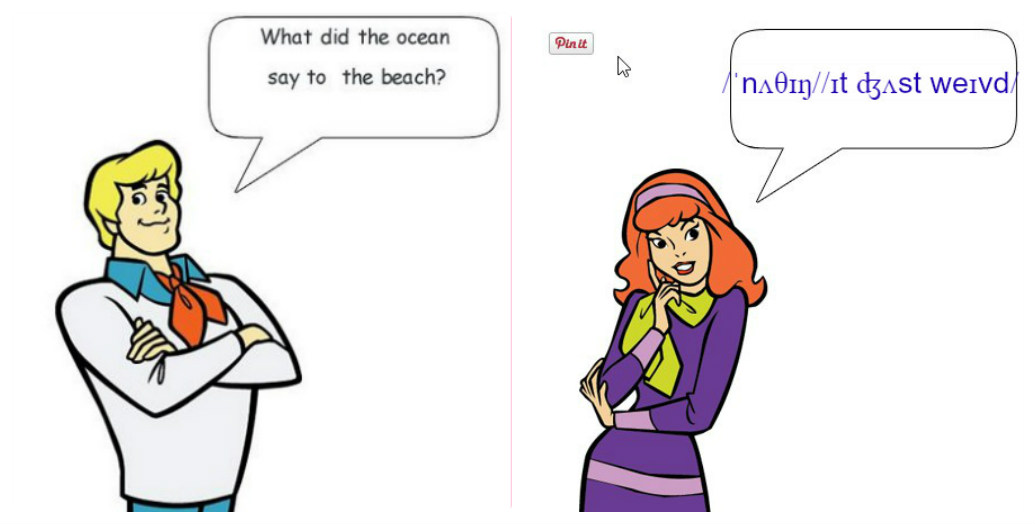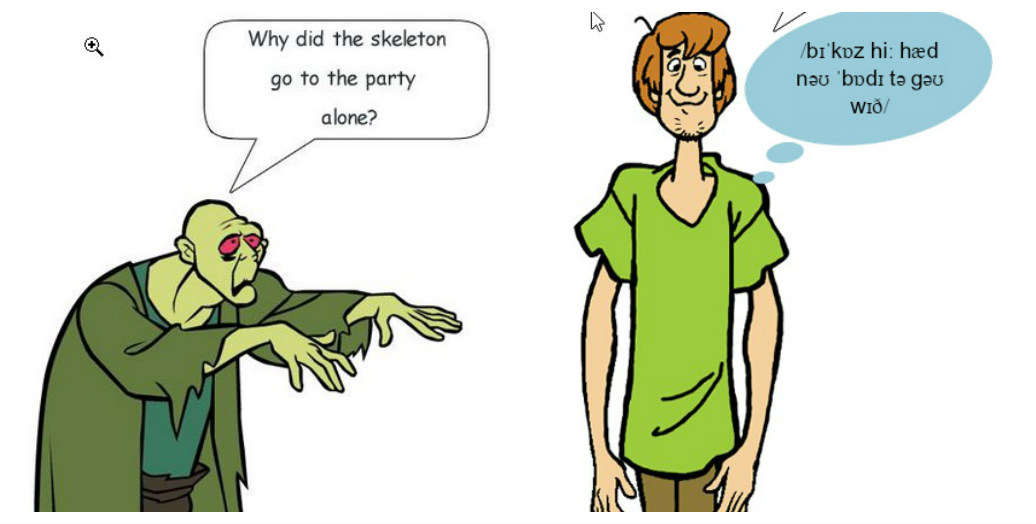“How far away the stars seem, and how far is our first kiss, and ah, how old my heart”. William Butler Yeats
I was once kissed by a marquis, or maybe he was a count, but it was in a palace. I cannot remember his rank, but he was old and ugly, at least for me! Nothing to daydream about, believe me, but the fact remains that I was kissed by a nobleman. He was a long way from Prince Charming, but that was ok for me. He was selling. I was buying. That was it!
But the kiss… yes…back to the kiss. First time ever I had been kissed on the hand. I was ready for a handshake so I extended my hand. Instead the marquis suddenly, and in a very quick gesture took my hand, bowed and made the gesture, and I have yet to decide whether he actually kissed my hand or just the air. Now that I know a bit more about the etiquette of hand-kissing I realize he probably never kissed me.

Photo by Tim Rooke/Rex/REX USA
Level: B2
♥DISCUSS: It is not very often that a woman has her hand kissed nowadays. But let’s reflect a bit on how we greet each other in our different countries. Discuss these questions with your partner:
- What are the rules for social kissing in your country? Do you always know how you are supposed to greet someone? Have you ever experimented any awkward moments where you didn’t know what you were supposed to do?
- When kissing as a form of greeting, do you kiss on one cheek or on both cheeks?
- Is it the right or the left cheek you kiss first? Know that you should kiss the right cheek first to avoid awkward situations.
- If you don’t like the kissing business, how do you cope with people who want to kiss you as a greeting?
- Is it appropriate to kiss in a business setting?
- Do you ever hug?
- Apart from the handshakes, cheek kissing and hand kissing which are quite common for us, do you know any unusual ways of greeting people ?
♥READ: Have a look at this interesting article about Unusual Ways to Greet People Around the World. When you finish reading , tell your partner which form of greeting you found most unusual.

♥LISTEN: Watch this video about the etiquette of social kissing and answer the following questions:
- In Good Morning America, the *anchorwoman describes an awkward moment when you get to a party. Why is it awkward for some people to greet your host or hostess?
- The British are described as” buttoned-up”. What do you think it means?
- Laura Ford is a British artist. Does she kiss people she doesn’t know? Choose from the options below and justify your answer.
- always b. never c. sometimes
- According to Hillary Brown, social kissing in France might be getting out of control. Why?
- Social Kissing is taught at some schools. Which ones?
- What are some of the rules of kissing taught at these schools?
- How are Americans and Latins different as regards social kissing?
- At the end of the clip, the anchorman apologizes. Why?
*anchorman/anchorwoman = a person who presents and coordinates a live television or radio programme involving other contributors.
♥READ: Why do we shake hands?
♥WRITE: Imagine a foreign student is coming to your school/house on an exchange visit. What advise would you give about your customs. Use the ideas below and the modal verbs should/shouldn’t , could, must/mustn’t.
- greeting someone
- meeting someone for the first time
- being punctual
- being invited to someone’s house
- tipping







 This number suits me fine as it allows me to do plenty of activities which require group work without students feeling the class is too crowded to interfere with academic success. At the same time, this number of students also gives me the chance to get to know my students quite well, even know some personal details about them, which are going to prove useful to introduce question tags in an easy way.
This number suits me fine as it allows me to do plenty of activities which require group work without students feeling the class is too crowded to interfere with academic success. At the same time, this number of students also gives me the chance to get to know my students quite well, even know some personal details about them, which are going to prove useful to introduce question tags in an easy way.